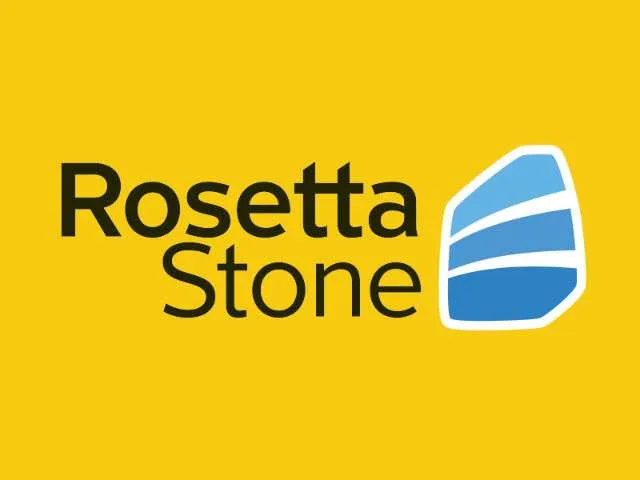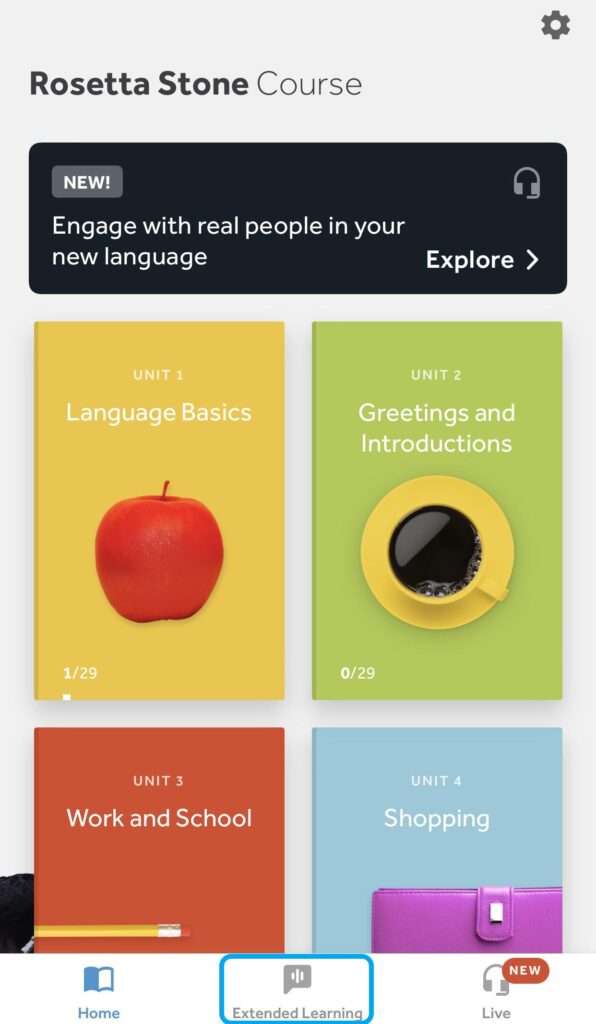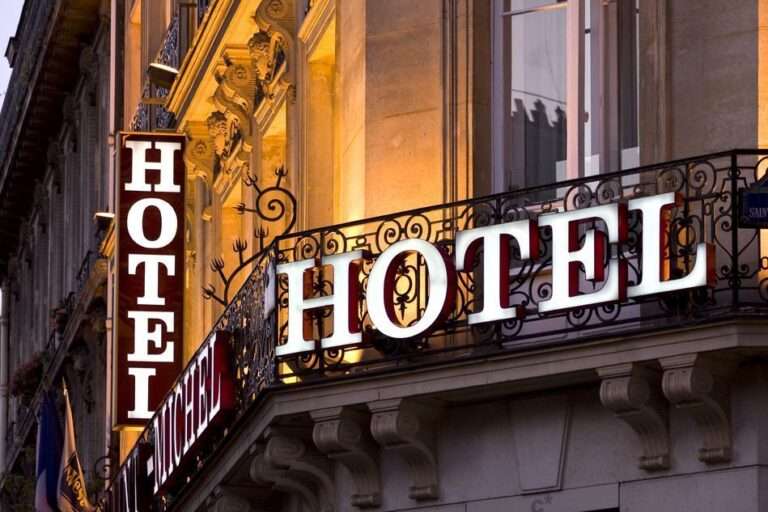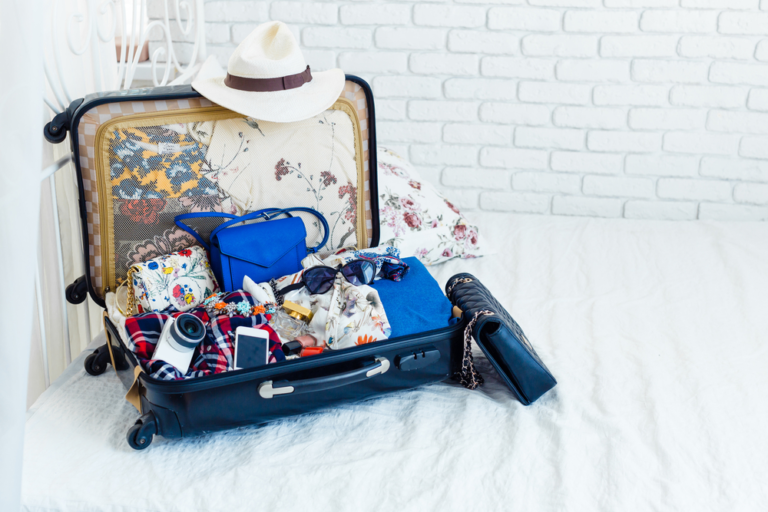As digital nomads, we’ve chosen a life of adventure, hopping from country to country, soaking in different cultures, and, of course, working from some of the world’s most beautiful destinations. But while the freedom is unmatched, one of the biggest challenges we face is the language barrier. Whether it’s ordering food, making friends, or closing a deal with a local client, language can be a hurdle that holds us back from fully experiencing a new environment.
Rosetta Stone—a tool that’s been around for years but has recently become a must-have in every digital nomad’s toolkit. If you’ve been wondering how to use language to break down barriers and truly connect with the places you’re living, here’s how Rosetta Stone can help.

Why Rosetta Stone?
Rosetta Stone stands out because of its immersive approach. Instead of bombarding you with translations and grammar rules, it teaches you a new language the way you learned your first one—through context. This means you’re not just memorizing words, you’re understanding the language as a whole, which is crucial when you’re trying to blend in with locals.
Getting Started With Rosetta Stone
The good thing about Rosetta Stone is its flexibility. Whether you’re preparing for a long-term stay in a country or just passing through, you can tailor your learning experience based on how much time you have and what you need to learn.
- Select Your Language: Rosetta Stone offers 25 languages, so chances are, you’ll find the one you need. Whether you’re in Medellín brushing up on your Spanish or in Istanbul learning Turkish (which, trust me, is a game-changer), Rosetta Stone has you covered.
- Choose Your Plan: Rosetta Stone offers various subscription plans, allowing you to pick one that suits your needs. A three-month subscription costs around $35, while a one-year plan is about $95. They also offer a lifetime subscription for approximately $180, giving you access to all languages forever—a great option for serial travelers.
- Set Goals: Rosetta Stone allows you to set specific goals—like mastering conversational basics, improving pronunciation, or even preparing for business meetings in the local language. Setting clear goals keeps you motivated and ensures you’re learning what’s most relevant to your current situation.
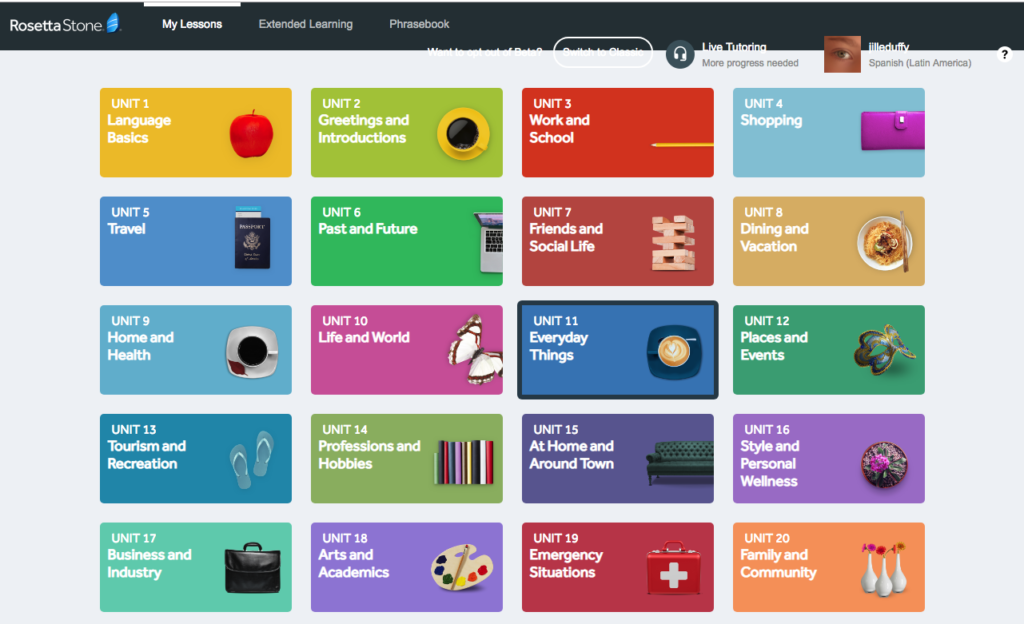
How To Integrate Rosetta Stone into Your Routine
The key to breaking down language barriers is consistency. Here’s how to make Rosetta Stone a part of your daily digital nomad routine:
- Morning Warm-Up: Spend 15-20 minutes in the morning going through a few lessons. This is a great way to wake up your brain and start thinking in the local language. Example: If you’re in Colombia, start your day by practicing greetings like “Buenos días” (Good morning) and common phrases like “¿Cómo estás?” (How are you?).
- On-the-Go Learning: Rosetta Stone’s mobile app is perfect for learning on the move. Waiting for your coffee? Do a quick vocabulary review. Stuck in traffic? Listen to pronunciation exercises. This way, every moment becomes a learning opportunity. Example: Use the app’s “Phrasebook” feature to quickly review essential phrases before heading out. For instance, if you’re in Turkey, you might learn “Burası neresi?” (Where is this place?) or “Hesap lütfen” (Check, please).
- Evening Wrap-Up: Before you call it a day, review what you’ve learned. This helps reinforce new words and phrases, making it easier to recall them when you need them most.
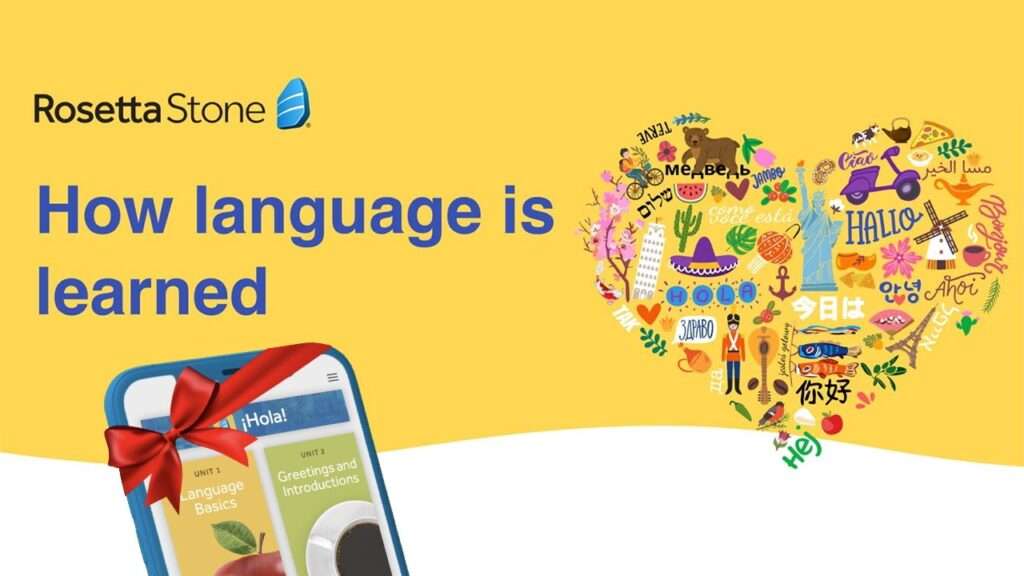
How Long Does It Take to Make Progress?
Progress varies depending on how much time you dedicate to learning. On average:
- Basic Conversational Skills: With consistent daily practice (around 30 minutes per day), you can expect to develop basic conversational skills in 2-3 months. This includes being able to introduce yourself, order food, ask for directions, and engage in simple conversations.
- Intermediate Proficiency: To reach an intermediate level, where you can hold more detailed conversations and understand native speakers better, it typically takes about 6-12 months of regular practice.
- Advanced Proficiency: Achieving fluency or near-fluency can take a year or more, depending on the language’s difficulty and your prior experience with similar languages.
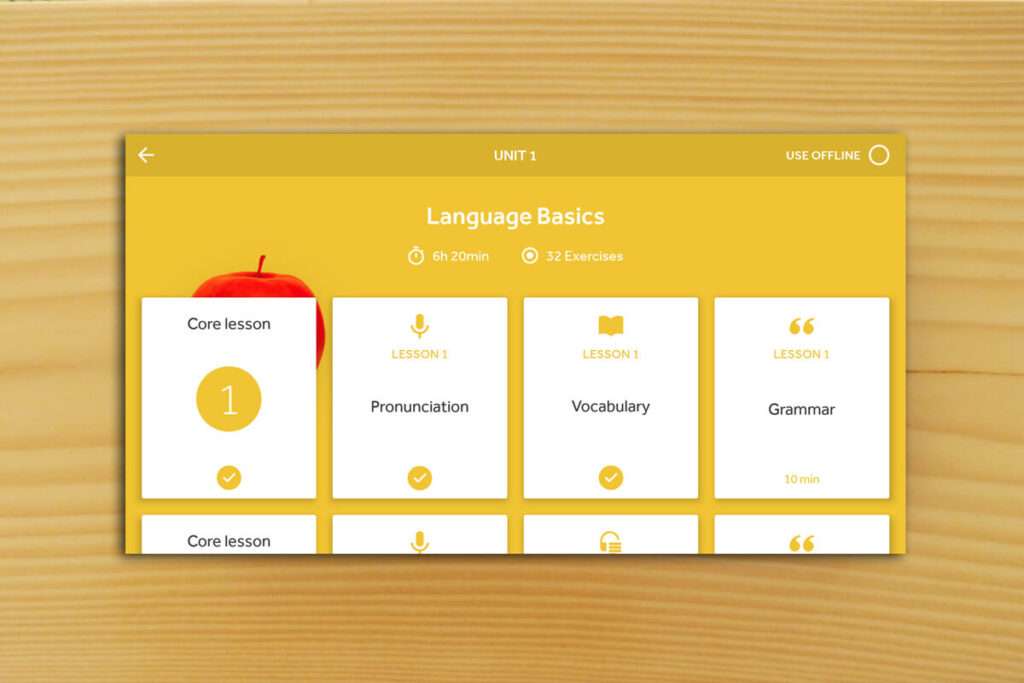
Rosetta Stone Practical Application
One of the biggest mistakes digital nomads make is learning a language but not actually using it. Here’s how to put your new skills to the test:
- Start Small: Begin with everyday interactions. Order your meals in the local language, ask for directions, or strike up a conversation with your Airbnb host. The more you use the language in real-life situations, the more confident you’ll become.
Example: In Spain, you might start by ordering “una taza de café con leche, por favor” (a cup of coffee with milk, please) at your favorite café.
- Practice with Locals: Rosetta Stone includes features like speech recognition to help with pronunciation, but nothing beats practicing with native speakers. Join local language exchange groups or find a language partner online. This not only helps you improve but also deepens your connection with the local culture.
Example: If you’re in Japan, consider attending a local language exchange event where you can practice your Japanese and help others with their English.
- Use It for Work: If you’re freelancing or running a business while traveling, try to incorporate the local language into your work. Even a basic understanding of business terms can make a big difference in client meetings and networking events.
Example: If you’re freelancing in France, learning phrases like “Je suis un freelance en développement web” (I’m a freelance web developer) can help you introduce yourself in a professional setting.
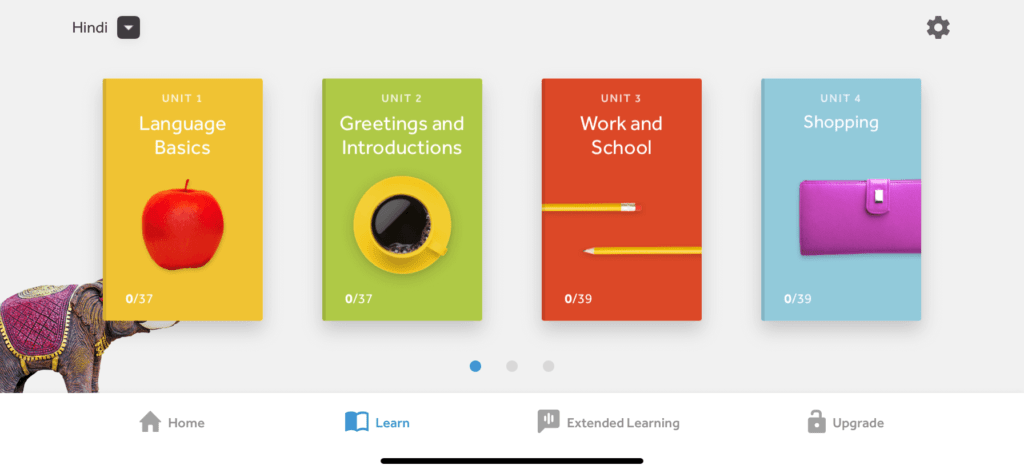
Overcoming Language Challenges
No language learning journey is without its bumps. Here’s how to tackle common challenges:
- Plateaus: It’s normal to hit a learning plateau where progress seems slow. When this happens, mix things up—try focusing on a different skill like listening or speaking, or explore new topics within the language that interest you. Example: If you’re stuck in learning Italian, switch from vocabulary drills to watching Italian movies or listening to podcasts to break the monotony.
- Time Management: As a digital nomad, your schedule can be unpredictable. To stay on track, set reminders to practice, and don’t be afraid to adjust your learning goals if you’re feeling overwhelmed. Example: If you have a busy workweek, shorten your daily practice to 10-15 minutes but increase the intensity by focusing on key phrases you’ll use immediately.
- Frustration: Learning a language can be frustrating, especially when you’re trying to navigate a new country at the same time. Remember, it’s okay to make mistakes. Every misstep is a step closer to fluency. Example: If you’re in Brazil and accidentally ask for “uma cerveja” (a beer) instead of “um café” (a coffee), laugh it off and learn from the experience.

How Rosetta Stone Enhances Your Travel Experience
The ultimate goal of using Rosetta Stone as a digital nomad is to enrich your travel experience. When you can speak the local language, even just a little, it opens doors to deeper connections, more authentic experiences, and a greater appreciation of the places you visit.
Imagine walking through a local market, confidently chatting with vendors in their language, or attending a community event and actually understanding what’s going on. These are the moments that make the digital nomad lifestyle so rewarding—and they’re all within reach with a little help from Rosetta Stone.
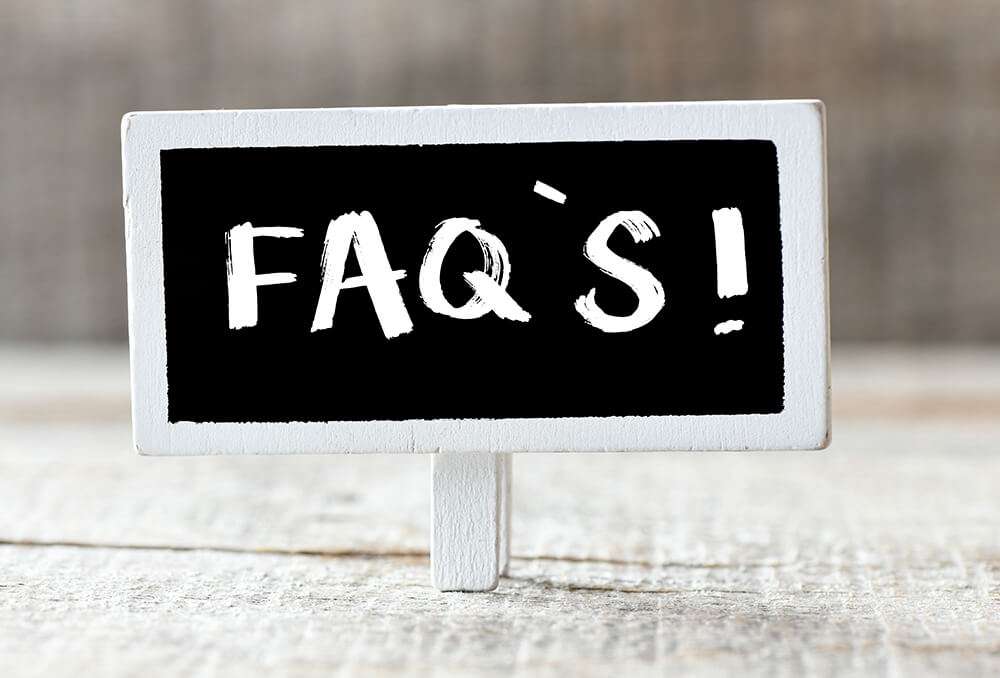
Frequently Asked Questions About Rosetta Stone
What languages does Rosetta Stone offer?
Rosetta Stone offers 25 languages, including popular ones like Spanish, French, German, and Mandarin, as well as less common languages like Dutch, Filipino, and Persian.
How much does Rosetta Stone cost?
Pricing varies by plan. A three-month subscription costs around $35, a one-year plan is about $95, and a lifetime subscription is approximately $180, which gives you access to all languages.
Is Rosetta Stone suitable for beginners?
Yes, Rosetta Stone is designed for learners of all levels, including absolute beginners. The immersive method helps you build a foundation from scratch.
Can I use Rosetta Stone offline?
Yes, the mobile app allows you to download lessons for offline use, which is perfect for learning on the go, especially in places with unreliable internet.
How long does it take to complete a Rosetta Stone course?
The time varies depending on how frequently you practice. On average, completing a full course takes about 6-12 months with consistent daily practice.
Is Rosetta Stone effective for advanced learners?
While Rosetta Stone is particularly strong for beginners and intermediate learners, advanced users may find it useful for refining their skills, especially pronunciation and listening.
Does Rosetta Stone teach grammar?
Yes, but it teaches grammar implicitly through examples rather than explicit rules. This approach mirrors how children learn their first language.
Can I learn multiple languages with one subscription?
With a lifetime subscription, you have access to all 25 languages offered by Rosetta Stone, so you can switch between languages as you wish.
How does the speech recognition feature work?
Rosetta Stone’s TruAccent™ technology listens to your pronunciation and provides feedback, helping you improve your accent and intonation.
Is Rosetta Stone available on mobile devices?
Yes, Rosetta Stone has a mobile app available for both iOS and Android devices, allowing you to learn on the go.
Can I use Rosetta Stone for business language learning?
Yes, Rosetta Stone includes business-related vocabulary and scenarios, making it a useful tool for professionals who need to learn a language for work.
Does Rosetta Stone offer live tutoring?
Yes, Rosetta Stone offers “Live Tutoring” sessions where you can practice speaking with a native speaker. These sessions are available as an add-on to your subscription.
Is Rosetta Stone better than Duolingo?
It depends on your learning style. Rosetta Stone is more immersive and structured, while Duolingo is more gamified and informal. Many users find Rosetta Stone better for developing a deep understanding of the language.
Can children use Rosetta Stone?
Yes, Rosetta Stone is suitable for children, though they may need parental guidance, especially for the younger ones. There’s also a dedicated kids’ version called Rosetta Stone Kids.
Does Rosetta Stone offer cultural context?
While Rosetta Stone focuses more on language skills, it does incorporate cultural context through scenarios and conversations that reflect real-life situations in the target language.
Is there a free trial available?
Yes, Rosetta Stone typically offers a free trial period, allowing you to try out the platform before committing to a subscription.
How does Rosetta Stone compare to traditional language classes?
Rosetta Stone offers flexibility and can be more cost-effective than traditional classes. However, it lacks the immediate, interactive feedback that a live instructor provides.
Can I switch languages during my subscription?
Yes, if you have a subscription that includes multiple languages, you can switch between them at any time.
What kind of customer support does Rosetta Stone offer?
Rosetta Stone provides customer support through online chat, email, and phone. They also offer a comprehensive help section on their website.
Is Rosetta Stone worth the investment?
Many users find Rosetta Stone worth the investment, especially if you’re serious about learning a language. The immersive, structured approach can lead to significant progress.
Does Rosetta Stone work for learning difficult languages like Mandarin or Arabic?
Yes, Rosetta Stone is effective for learning complex languages like Mandarin and Arabic, though progress might be slower due to the inherent difficulty of these languages.
Are there any discounts available for Rosetta Stone?
Rosetta Stone occasionally offers discounts and promotions, particularly around holidays or back-to-school seasons. Check their website or sign up for their newsletter to stay informed.
Can I use Rosetta Stone on multiple devices?
Yes, you can sync your progress across multiple devices, including desktops, tablets, and smartphones.
Does Rosetta Stone cover regional dialects?
Rosetta Stone primarily focuses on standard versions of languages, though some courses may touch on regional variations.
Is Rosetta Stone a subscription service or a one-time purchase?
Rosetta Stone is primarily subscription-based, though they do offer a lifetime subscription as a one-time purchase.
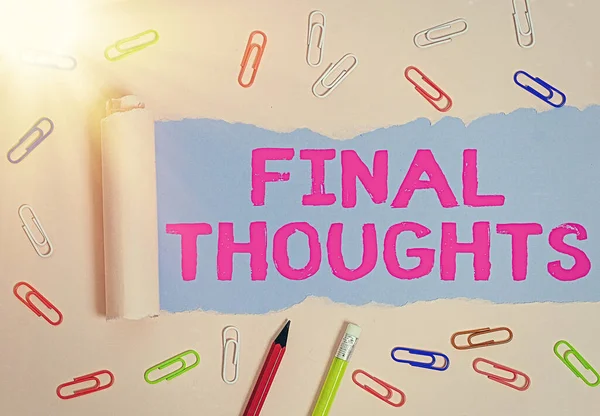
Final Thoughts
Breaking down language barriers can be the difference between being a tourist and truly living like a local. As digital nomads, we’re not just visiting countries—we’re living in them, and learning the language is a huge part of that.
So, if you haven’t already, give Rosetta Stone a try. It’s more than just a language learning tool; it’s a gateway to deeper connections, richer experiences, and a more fulfilling nomadic journey.
If you would like to know more about how to handle language barriers when traveling, you can watch my YouTube video.
Safe travels!
